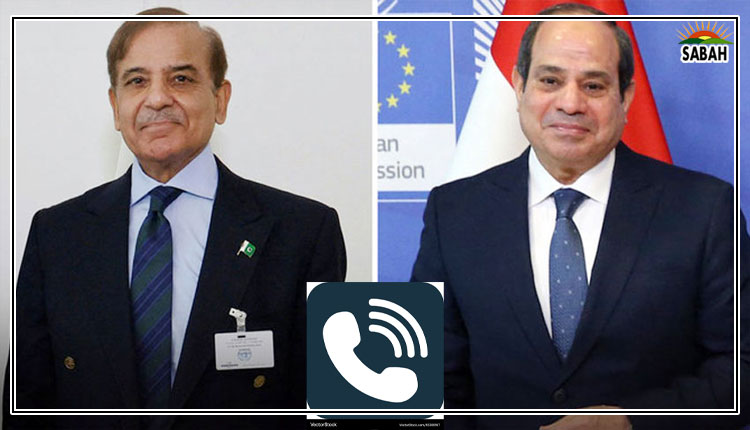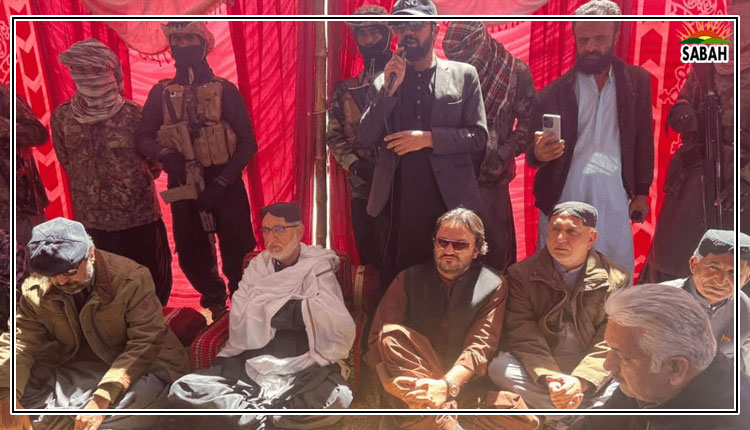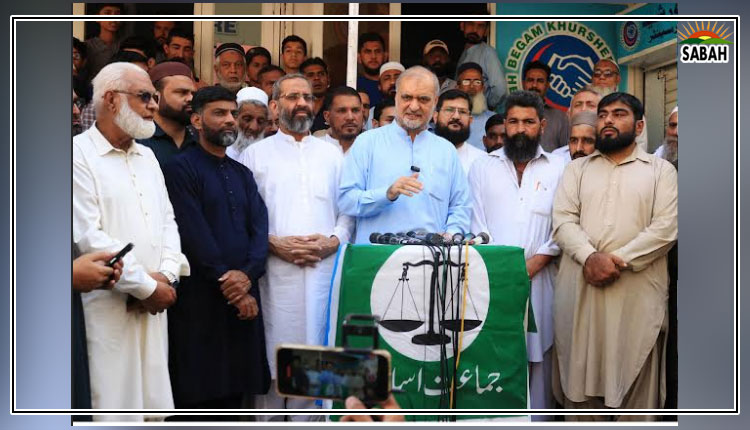Taliban strategy and collapse of ANDSF۔۔۔۔ Inam Ul Haque
We revert back to explore the reasons behind the collapse of Afghan National Defence and Security Forces (ANDSF) in August 2022, as reasoned in February 2023 report by SIGAR (Special Inspector General for Afghanistan Reconstruction), a US government entity.
Afghan troops were trained for static or positional defence and generally had lesser appetite and training for maneuver and other operations of war except for the highly trained ANASOC or the special forces. Positional defence on widely strung out, generally isolated posts without mutual support; mostly without fortified positions; in the middle of Taliban-held rural heartland; surrounded by an ambivalent population were some operational impossibilities for any Army, let alone the hurriedly raised and poorly trained ANDSF. Erratic logistics and shortages added to their dire situation.
Politically, positional defence allowed the Afghan government to claim terrain-denial to the Taliban. Militarily, however, the approach caused force dispersal in penny packets, and restricted ANDSF ability to achieve a favorable troop-to-ground or own-versus-enemy ratio (also called Time, Space and Relative Strength TSR matrix) at the point of decision.
Poor management of ANDSF, despite it being well equipped, was evident as many ANDSF units were left to improvise. When Kabul belatedly decided to consolidate the many indefensible and isolated posts, this was seen in ethnic colours, and dubbed as withdrawal of state authority. IEA forces, exploiting these weaknesses, systematically isolated and neutralised such outposts, either through battle or through traditional negotiations using local elders and clergy, successfully pursuing tasleem (surrender) strategy. Taliban knew the terrain well, and were more cohesive, compared to the younger cadre of ANDSF, operating mostly out of their geographic/ethnic comfort zones. IEA forces also became more adept at Western-style commando organisation and operations.
Not having their hearts in fighting Taliban compatriots remained a major psychological impediment, as many soldiers had similar background and religious moorings as Taliban. IEAs media and operational strategy undermined ANDSF morale, causing physical and psychological dislocation, weakening its will to fight. No US/European study covering ANDSFs collapse ascribes due weightage to Talibans belief in the righteousness of their cause, willingness to fight and die for it, and their motivation and commitment to continue for as long as it took to liberate Afghanistan. These non-tangible factors are hard to quantify, hence easily escape the empirical Western mind. IEA did a superb job keeping its rank and file motivated for over two decades, when the scales tipped many a times against it.
The Doha Peace Agreement also eroded remaining morale as ANDSF troops became convinced rightly or wrongly of the Wests abandonment. Release of 5,000 Taliban prisoners under the Agreement in exchange for 1,000 Taliban-held prisoners was opposed by the Ghani Government being without its consent. When Kabul dithered on implementation, IEA forces justified increasing their attacks as the March 10, 2020 deadline passed.
Consequent to the Doha Agreement, America scaled back close air support, escalating ANDSF collapse. The much smaller Afghan Air Force (AAF) could not compensate. This enhanced Talibans operational freedom, unhindered by ANDSF or coalition forces. During 2021-22, Taliban transcended from a hit-and-run insurgency to pitched battles with larger forces. Losses they inflicted on roads, electricity lines, schools, canals and bridges in Helmand province alone (2020) were around US$600 million including damage to Highway 1, a critical link between Kandahar and Kabul. So, by April 2021, ANA in Helmand province was wholly reliant on helicopter resupply.
During Fall Offensive in 2020, IEA forces mostly held back captured territory, despite ANDSF counterattacks. Taliban followed strategy of concentric rings. At strategic-operational levels, they captured the outlying provinces bordering other countries to interdict escape and reinforcements. At operational-tactical level, they would capture the rural swath surrounding an urban centre, cut off logistics and governments ability to move, and then wait to let it fall with little or no resistance.
Starting offensive in the north, surprised the ANDSF, as it was thin on ground there, expecting Taliban operations in the south instead (Helmand for example), Talibans preferred zone of operations. Military had accordingly reinforced Helmand as it did not want IEA to win in its homeland, given its positive effects on Taliban morale, and negative repercussions for ANDSF.
Taliban alarmed ANDSF troops around the northern city of Kunduz by taking outposts and military bases, using small armed drones. In neighboring Pul-i-Khumri (Baghlan), they captured highways leading into the city to interdict supplies. In Kandahar city, they converged from the surrounding districts onto the city. At each stage, they calibrated military operations with peace overtures. The Talibans incremental encroachment on key cities was in the offing long before their actual capitulation through well-orchestrated offensives. They dominated the night and countryside and had check posts along key highways in Helmand and Uruzgan (south), and Kunduz and Baghlan (north). By August 11, 2021, IEA forces had invested most Afghan cities.
Capturing the strategic Shirkhan Bandar border crossing with Tajikistan in June 2021 and choking other key border crossings in July 2021 along Tajikistan, Iran and Pakistan deprived Afghan government of millions of dollars in critical customs revenues, fattening Taliban purses instead.
By June 2021, two key force multipliers, the ANA commandos and AAF, were showing fatigue due to overuse, misuse and battle casualties. Enhanced demand for AAF, under dwindling contractor-reliant maintenance support, led to depletion in sortie generation. After June 2021, for example, Black Hawks were to be fixed in Dubai, taking weeks to months. With difficult resupply even through air, soldiers drank rainwater in Ghazni, accentuating their sense of abandonment.
The Talibans psychological offensive through Invitation and Guidance Committees, included buying out loyalties, deal making, intimidation, providing safe passage and money to surrendering troops and applying pressure on extended family and tribe to undermine soldiers commitment, besides physically isolating ANDSF outposts, limiting their movement and interdicting logistics. The civil societys tacit support for IEA facilitated and accelerated surrenders.
Taliban propaganda highlighted hopelessness of ANDSF situation citing non-payment of salaries, other shortages and defeatist view in Kabul, painting inevitability of Taliban victory. Five thousand Afghanis as travel expenses became a lucrative inducement for surrender among government troops, with cascading effects. IEA bombarded Twitter with triumphant messages in August 2021, before Kabul fell. They used social media effectively to amplify effects of their military operations, emphasising insurgencys strength and resilience, psychologically intimidating adversaries and doubters.
The ubiquity of Talibans online propaganda successfully secured widespread surrenders which, in turn, amplified the credibility of IEA messaging, leading into more surrenders.
Courtesy The Express Tribune, May 25th, 2023.












